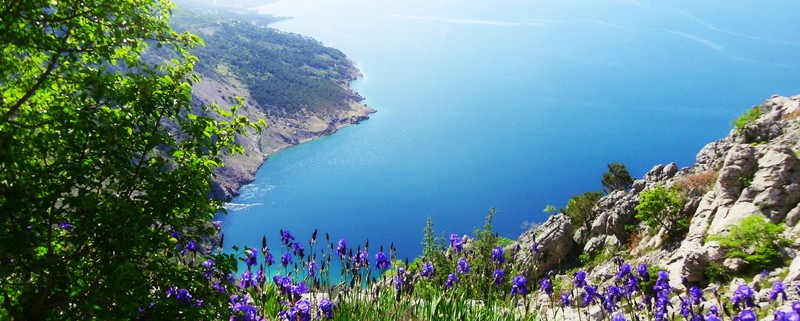
To help you deepen your knowledge on this wonderful country, we’ve taken a lighthearted look at a number things you may not know about Croatia.
Islands, Islands, Islands
Croatia has many, many islands…but how many? Different sources say different things – you may find that the official tourist literature states that the country has 1,244 islands whilst other sources say there are 1,185 islands in Croatia. Suffice it to say, you won’t go wrong by proclaiming there are “over 1,000 islands”.
But to confuse you further, there are just over 700 islands – the rest are islets, crags and reefs. And then when we start talking about inhabited islands – that have at least one person living on them permanently – it whittles down to somewhere between 47 to 67 islands.
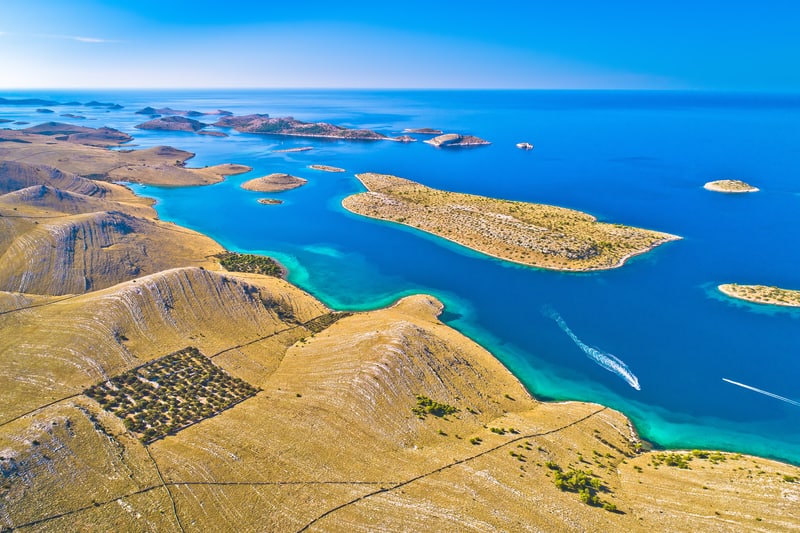
We can however confidently say that the most populated island is Krk in the Kvarner Riviera which has a population of just over 19,000. Krk is also the largest island, at 408 sq. km. in size.
On the other end of the scale, the least populated island is Male Skrane (close to Losinj) which has a population of just 2 people, although they are only there during summer. The smallest populated island is Osljak in Zadar which is just 0.3 square kilometers in size, with 29 people managing to fit into that space.
Building Blocks…or not
The island of Brac, amongst many other impressive attributes, is famous for its limestone. This material has been used in the construction of a number of famous buildings including that modest little retirement home, Diocletian’s Palace in Split.
But one building that it has long believed to be a construction material for was the White House. As in, the actual White House! Certainly, that’s something we believed too (along with many a Croat), and we were today years old when we discovered this was not actually true!
A 2005 New York Times article – In Croatia, a New Riviera Beckons – mentions that stone mined on Hvar and Brac was used to build the White House. However, a correction to the article then states it “…misstated the source of stone used to build the White House. It was quarried in Virginia and Maryland, not on the Adriatic islands of Hvar and Brac.“
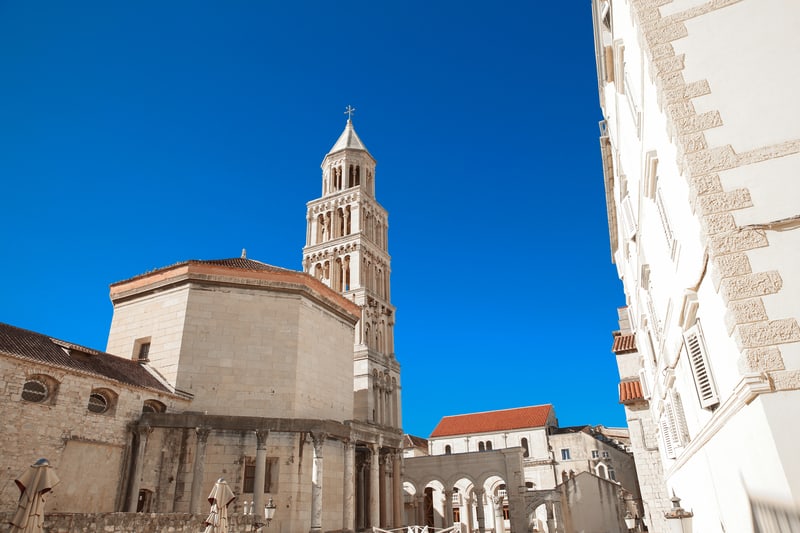
It may be that the stone was used in the construction of the columns of the White House, but we’re not 100% sure about this either.
All in all, the stone from Brac definitely has been used to build some impressive buildings, but maybe not every impressive building in the world.
The Croats are a tall people
Have you ever visited Croatia and thought, “blimey” – or insert your own country-specific proclamation – “they’re tall!”?
The record for the tallest ever tennis player is a Croat, Ivo Karlovic, who stands a mighty 2.11m tall. (He actually holds this record jointly with American tennis player Reilly Opelka.) It may come as no surprise to you that Ivo is quite good at serving. Other famous male Croatian tennis players have been equally tall – Marin Cilic is 1.98m tall, Mario Ancic stands at 1.96m and Goran Ivanisevic and Ivan Ljubicic are both 1.93m tall.

But what about the general public? Generally, Croat men and women (as well as citizens of neighbouring countries such as Serbia, Montenegro and Bosnia & Herzegovina) are amongst the tallest in the world, regularly appearing in top ten lists when such data is collected. (For example, this research in 2019 – Mapped: The world’s tallest (and shortest) countries – places Croatia as the 9th tallest nation in the world with an average height of its citizens of 1.805m tall.)
However, the tallest people in the world are those that come from the Dinaric Alps – which of course is not a nation but a region that covers a number of countries including Croatia. The average height of the 17-year-olds in the study was a huge 185.6 cm tall, whilst 28% of them were taller than 190cm!
Lavender
This wonderfully fragrant and very pretty plant is something Croatia is famous for, particularly on the island of Hvar. Known as lavanda in Croatian, the island offers ideal conditions for growing lavender with fertile plains and many hours of sunshine year-round.
Every year, a lavender festival is held on Hvar in Velo Grable in June/July when it is possible to learn more about the plant and its production and to sample lavender-based products such as biscuits and ice cream.
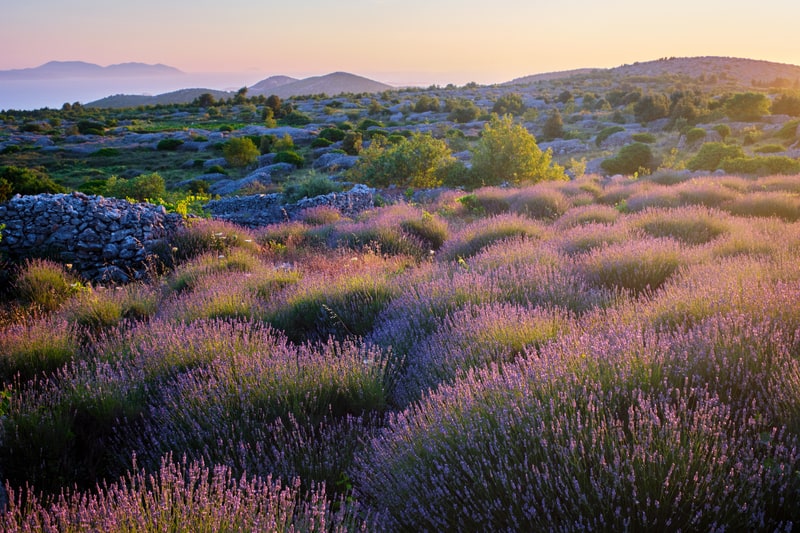
Outside of the festival, it is also possible to visit the lavender fields in summer, either on a guided tour which normally also includes a stop to see how lavender products are made, or by driving yourself through parts of Hvar where the plant grows in abundance.
If you miss the peak lavender months – or indeed, don’t make it to Hvar – then you’ll find lavender products sold as souvenirs all over Croatia. There are all sorts of lavender-based products you can enjoy – from food to beauty products – but you can’t go wrong with a small lavender-scented sachet.
Birthplace of tourism – Opatija
Certainly, Croatia has a long association with tourism – some of our older readers may remember holidaying in the country when it was part of Yugoslavia in the 1980s (or perhaps even before that).
But to go back to the “start” of tourism in the country, you have to go much, much further back. Before the 20th century, in fact!
Opatija and the Kvarner region are often considered to be the “birthplace of tourism” in the country of Croatia. If you’ve visited the town, you will likely have come across the grand Villa Angiolina which was built in 1844 by Rijeka-based merchant Iginio Scarpa as a summer home, receiving notable guests at the time who raved about the pleasant, healing conditions on this part of the coast.
In 1873 the railway from Vienna to Trieste on the Adriatic Sea was extended via Slovenia to Rijeka, hastening the growth of tourism in Opatija and the surrounding region. The first hotel in Opatija – indeed, the first hotel on the whole Adriatic coast – was built in 1884; it is the present-day Hotel Kvarner. The next hotel built was the Hotel Imperial, built in 1885.
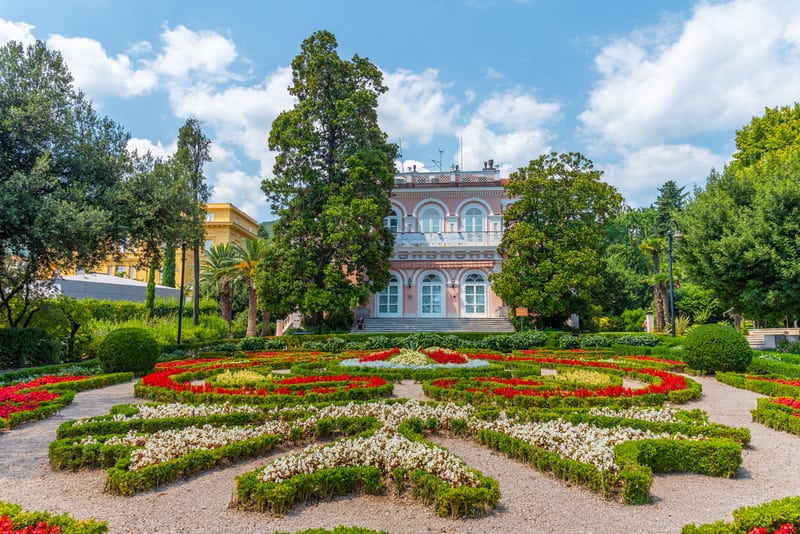
Today, the Villa Angiolina is very appropriately home to the Croatian Museum of Tourism where you can go to learn more about the growth of tourism in Opatija and the whole of Croatia.
The country is full of love
If you come to Croatia, you basically can’t move for lurve. Or ljubav (pronounced lyoo-bav), as they say in Croatia. The souvenirs are heart-shaped! The islands are heart-shaped! Birds are madly in love with each other! (Or they used to be – I’m referring to the famous love-bird storks, Kleptan and Malena, although Malena died from old age in 2021.)
You’ll surely fall in love with Croatia when you visit – and you may even be lucky enough to fall in love in Croatia!
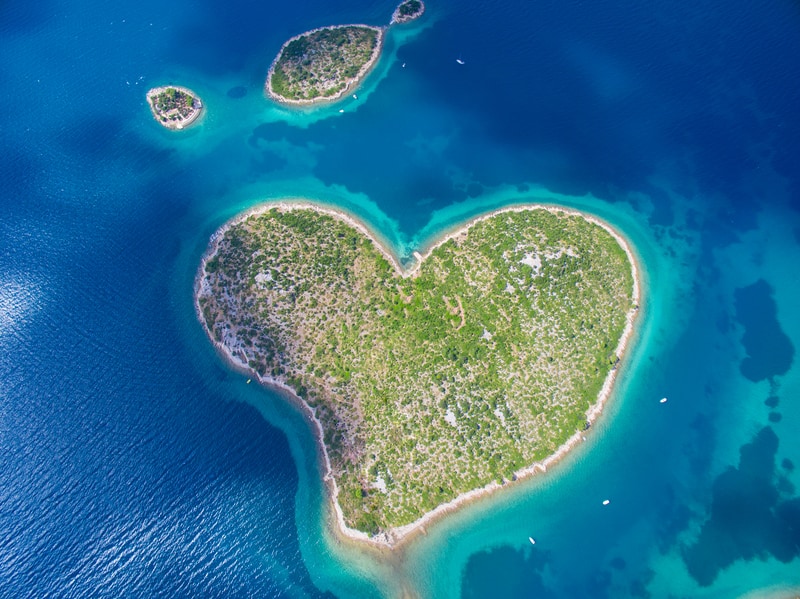
Dubrovnik used to have a train service
How are you getting to Dubrovnik? Any way but by train, right?! (We might have mentioned once or twice or 73 times on this website that the southern Croatian city famously has no train station.)
But, in fact, the city used to have a train station and a narrow-gauge train track connecting it with Mostar and Sarajevo in Bosnia and Herzegovina (all these cities, obviously, being part of the same country – Yugoslavia – at the time).
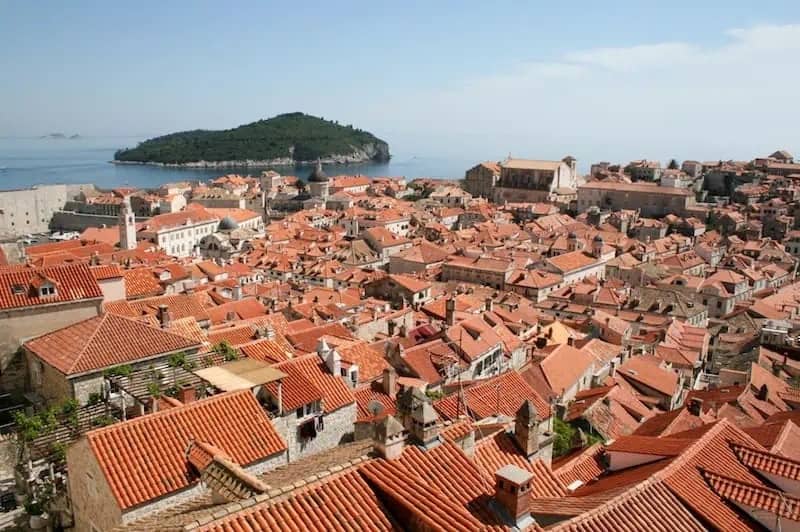
Perhaps even more surprisingly, the city even had a tram service – trams operated in Dubrovnik between 1910 to 1970. Two lines were in operation, from Pile Gate to Gruz harbour, and another to the Lapad peninsula. Sounds quite handy, right?
I can’t decide what I prefer the idea of and what I’d like to see exist again (in a “not at all realistic dream”) more – getting to Dubrovnik by train, or getting around Dubrovnik by tram?!
Glagolitic alphabet
The glagolitic alphabet – or script – is considered to be oldest Croatian (and Slavic) alphabet, having first been introduced in the 9th century by two missionaries to the region, St Cyril and St Methodius. The alphabet contains 41 characters.
The alphabet was widely used in the region of Croatia up until the 16th century, when Latin script came into use, although in certain parts of the country, it was still in use in the early 1900s.
The Baska tablet, a limestone inscribed slab from around 1100, is written in Glagolithic script and its text contains what is believed to be the first ever mention of Croatia.
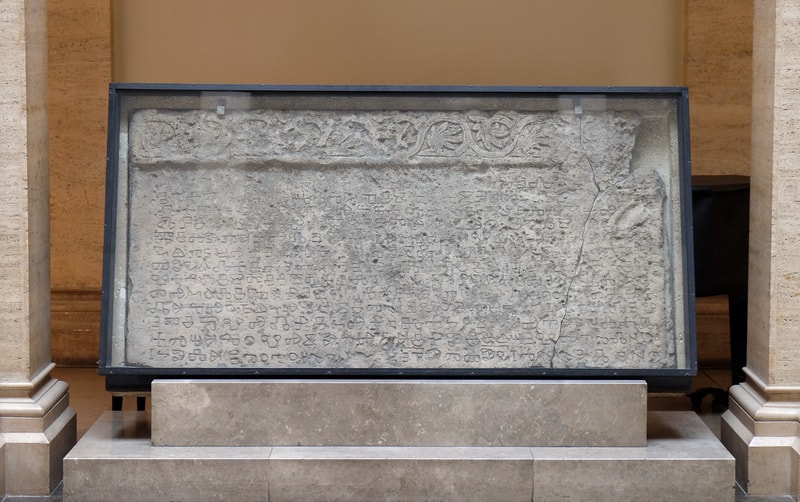
The largest truffle in the world
Amongst Croatia’s many gastronomic delights, it is perhaps the not-so-humble truffle that excites foodies the most. It is Istria where truffles are found and harvested, and truffle-based dishes (or dishes with truffles as an accompaniment or topping) are found at many an Istrian restaurant. (And elsewhere in Croatia too, it has to be said.)
The largest truffle in the world was unearthed in Istria in November 1999 by Giancarlo Zigante, weighing in at a hefty 1.31kg. (This record was since surpassed in 2014.) Whilst such a truffle could have apparently been sold for $1 million, it was rather pleasingly consumed by 200 locals. You can read more about this story here: Experience: I found the largest truffle in the world. Gospodin Zigante went on to start a restaurant and company serving and selling truffles and truffle products.
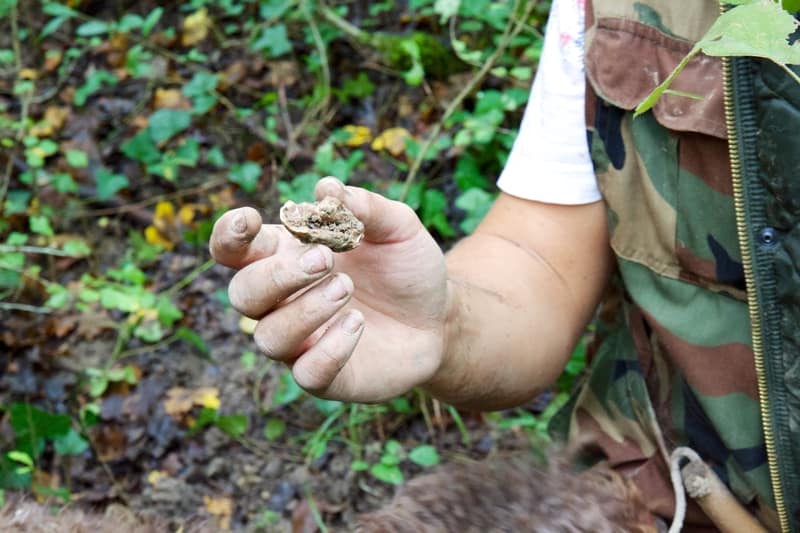
To enjoy truffles not just by consuming, it is possible to join truffle hunting tours – check locally for details of joining such a tour. If you’re visiting Istria in autumn, be sure to attend the Zigante Truffle Days (every weekend in late September/throughout October) in Livade, the “capital” of truffles in the region. Enjoy sampling truffles and truffle products and learning all there is to know about them.
Iris, the National Flower of Croatia
The beautiful Iris flower – known as perunika in Croatia – is the national flower of Croatia. Croatia has twelve species of iris growing wild in the country; it is the purple iris croatica that can be seen in abundance. Look out for swathes of iris flowers growing wild in the country – and remark to your fellow holidaymakers that it is the national flower of Croatia! (They are sure to be impressed with your knowledge.)
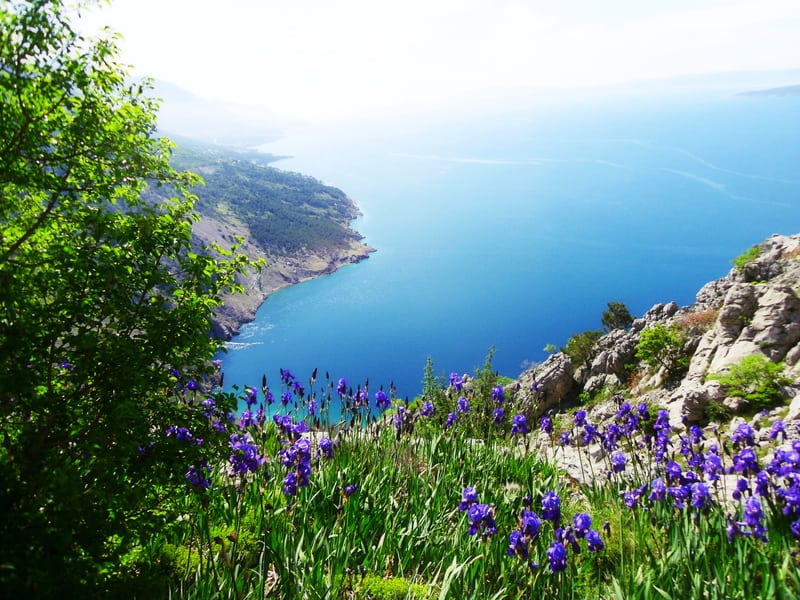
The former Croatian currency, the Kuna
Holidaymakers to Croatia in recent years will remember the Kuna as the country’s currency. (The Euro was adopted as the currency in Croatia on 1st January 2023.) Kuna is the Croatian word for pine marten, a small weasel like animal. The currency took its name from the animal as the fur pelts were traded as currency way back in the day.
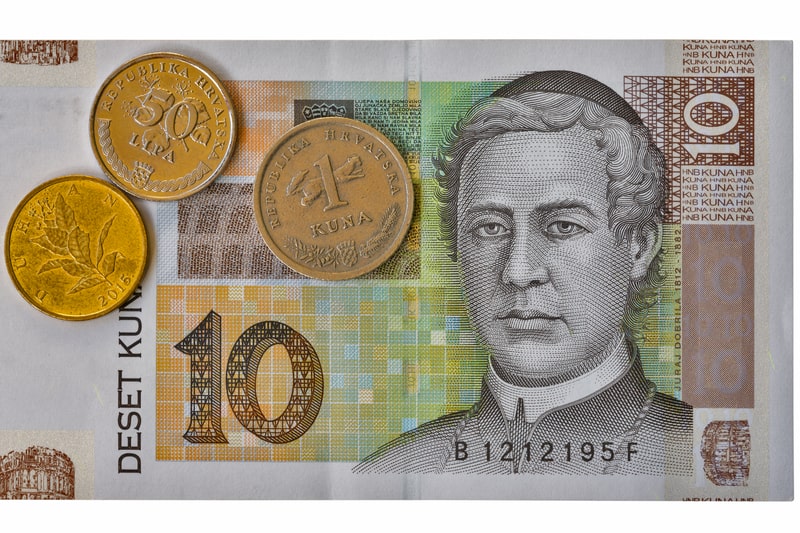
The Euro is in fact Croatia’s third currency. Prior to the introduction of the Kuna, in 1994, the country used the Croatian Dinar from December 1991 following independence from Yugoslavia – which used the (Yugoslav) Dinar as its currency.
Lacemaking in Croatia
Another souvenir you may have seen being sold on your travels to Croatia is lace – specifically, wonderfully intricate small, usually circular or square panels of lace. The lacemaking tradition in Croatia stretches back centuries and there were and are different methods of lacemaking in different parts of the country. One of the most famous types of lace is that from the island of Pag which is made from needlepoint and features numerous geometric patterns.
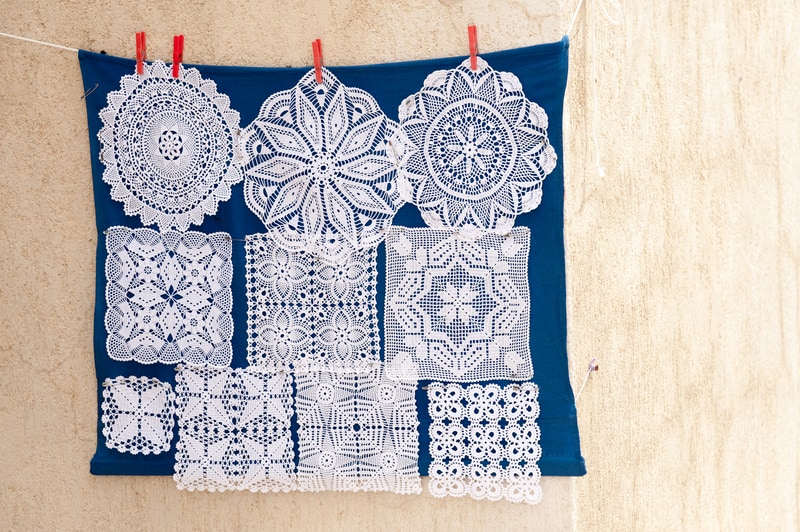
Lacemaking in Croatia was added to the UNESCO List of the Intangible Cultural Heritage of Humanity in 2009.
The (almost) shortest funicular in the world
If you’ve visited Zagreb you may well have enjoyed a trip on its funicular railway, taking passengers up a steep slope from Ilica in the Lower Town to Strossmayer promenade in the Upper Town. You may well have seen in tourist literature that Zagreb’s funicular is the shortest such train in the world, with a track length of only 66 metres!
Only, it turns out that it’s not the shortest…but one of the shortest. (A funicular in Bournemouth holds the Guinness World Record for the Shortest Funicular at only 39 metres in track length.)
But it is one of the shortest in the world, and also one of the steepest. So that’s something, at least.
It is also, perhaps somewhat surprisingly, Zagreb’s oldest method of transport, having first started operating in 1890.
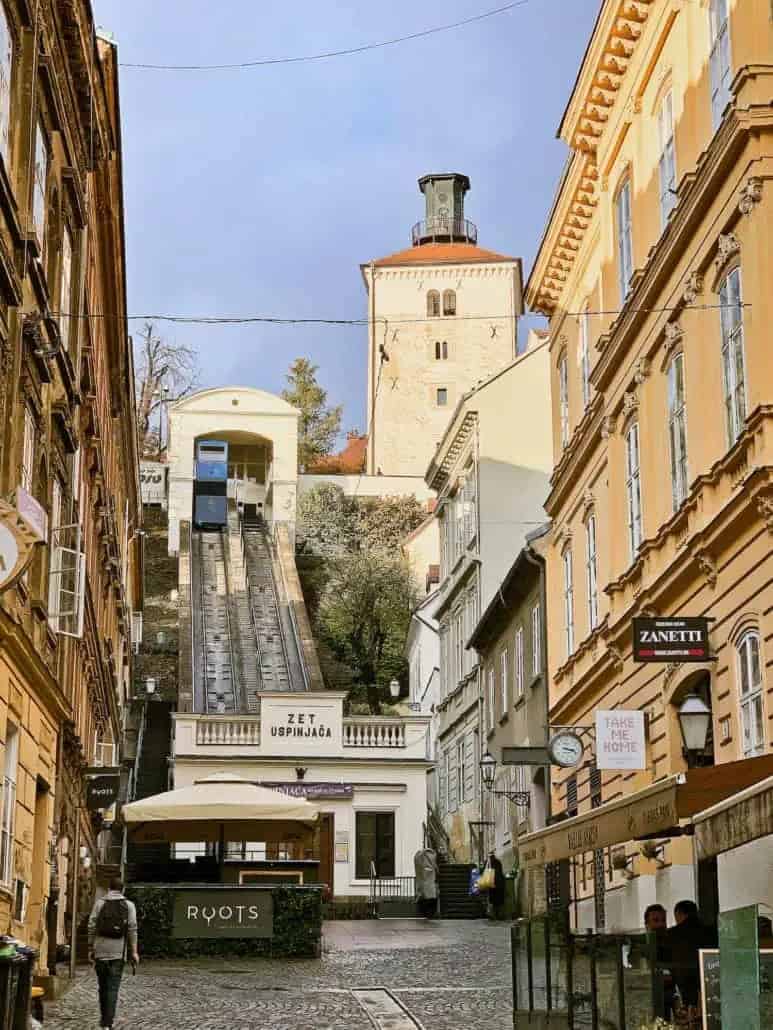
Famous Croats
Did you know one of the greatest footballers of all time is Croatian? Short in stature, think of someone who’s known for amazing goals, fantastic runs past defenders, who can really turn a game for his team. “Of course, Luka Modric is Croatian, I already knew that about him” you’re probably proudly thinking.
But we’re not talking about him here – instead about another true legend of the game. That’s right – Diego Maradona.
What, what?! You thought he was Argentinian? Well yes, he is Argentinian, but someone in his family history appears to have emigrated from Croatia – from the island of Korcula – to Argentina. I say “someone” as I’ve read that Maradona’s grandfather OR great-grandfather emigrated from the island of Korcula. Diego’s mother was supposedly named “Dalma” after Dalmatia, and his daughter is also named Dalma.
Call it small country syndrome, but Croatia absolutely is a country that has “produced” – by way of their ancestors – a number of amazingly talented famous people. A Croatian multiple Grammy-winning, multi-million-selling singer? Sure, that’s Michael Buble. (His grandparents were from Istria.) A Croatian Bond Girl? That’s Denise Richards. (Her mother may be from Croatia.) A Croatian Hulk?? Yup, Eric Bana. (His real surname is Banadinovic, and his father was born in Zagreb.)
Beautiful beaches
Given Croatia’s lengthy coastline, it won’t surprise you that the country is home to many, many beaches. (Although there are obviously some beaches inland too! One example being the beaches by Lake Jarun in Zagreb.)
Many visitors to Croatia remark on the wonderfully clear sea, and practically every photo of the Croatian coastline shows the Adriatic Sea practically sparkling in different shades and hues of blue.
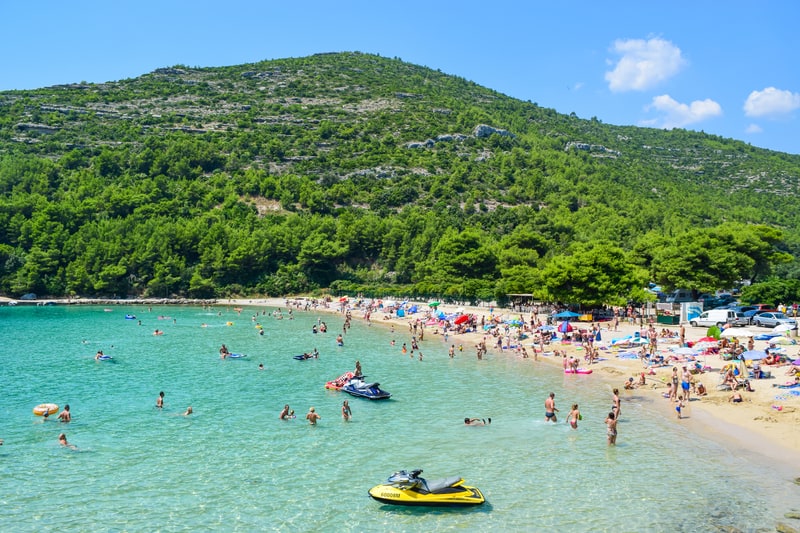
Croatia has amongst the best bathing water quality in Europe, regularly coming in the top five of all the European countries for this distinction. In the most recent testing done in 2022, the European Environmental Agency declared 95.6% of Croatia’s bathing sites as having excellent water quality, behind Cyprus, Greece and…er…landlocked Austria. (Which does have some beautiful alpine lakes, it has be to fair!)
We hope you’ve enjoyed our look at things you may not know about Croatia!
